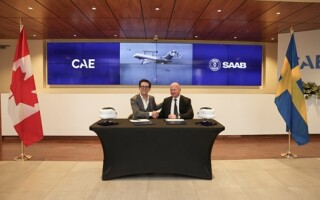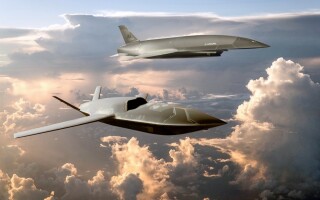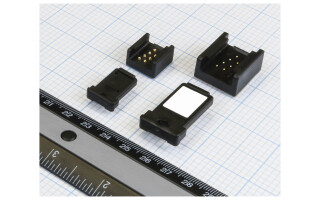Electronic warfare & electromagnetic spectrum focus of ONR program
OtherApril 13, 2016
Office of Naval Research (ONR) experts are enabling full electromagnetic spectrum control for the military under a research and development (R&D) effort called the Electronic Warfare Discovery & Invention (EW D&I) program. Under this program BAE Systems won a contract and is leading a team that will enable the military to access and control all waveforms needed for electronic warfare (EW).
The ONR is looking to leverage existing as well as develop new technologies that will “enable U.S. military forces to control the Electro-Magnetic Spectrum (EMS) by exploiting, deceiving, or denying enemy use of the spectrum while ensuring its unfettered use by friendly forces,” says Steve Hedges, chief engineer for Sensor Technology Group within BAE Systems Technology Solutions in Merrimack, New Hampshire. Hedges’ group performs R&D to help provide new technologies and capabilities for various BAE Systems business areas.
An ONR Broad Agency Announcement (BAA) requested a number of capabilities “categorized under different task area descriptions. Full-Spectrum Staring Receiver (FSSR) was proposed and selected for award under Task 1A of that BAA,” Hedges continues. Task 1A requests broadband RF/mmW receiver subsystem demonstrators for unknown signal detection, identification, direction finding, and tracking, according to the ONR website. Engineers will have to be able to detect and identify weak signals from strong signals that are in the same waveform, detect types of signals such as low probability of interception/low probability of detection (LPI/LPD), as well as keep cognizant of size, weight, and cost (SWaP) requirements.
“FSSR is a three-year a program with the ONR that began just five months ago,” Hedges says. “It leverages a number of component technologies that ONR has invested in over the past eight years. Our objective with the program is to integrate all of these components into an end-to-end system that demonstrates a needed capability to the U.S. Navy.”
Companies participating under this task order are S2 Corp., Montana State University, University of Colorado Boulder, HRL Laboratories, Purdue University, and the Naval Research Laboratory (NRL). “S2 Corp. is providing the heart of the FSSR system. With the help of ONR funding, they have developed a capable spectrum analysis and direction finding system that can rapidly detect and identify all emitters across a broad range of frequencies,” he says. “Montana State University is working with S2 Corp. to add new capabilities to this system.”
Each company has a task to complete for the team to be successful. “University of Colorado Boulder is developing antenna subsystems for us. They have been doing similar research and development work with ONR for many years now,” continues Hedges. “HRL Laboratories will provide Gallium Nitride (GaN) low noise amplifiers. With the help of BAE Systems and NRL, Purdue University has developed a tunable technology that is being incorporated into FSSR to support operation in the presence of strong interfering signals.”
The program “integrates a number of electronic warfare technologies that have been advanced by ONR-funded efforts dating back to 2008,” says Dr. Peter Craig, EW program officer for ONR. The program brings together researches from industry, government, and academia, and the results will affect the U.S. Navy and the Department of Defense.
The team has to meet all requirements and address challenges that are posed by today’s technology limitations. “The system is extremely broadband, and achieving good sensitivity in such a system is one of our technical challenges. That’s the ability to detect and process very weak signals,” Hedges notes. “This technical challenge has been reduced considerably by smart and strategic investments in component technologies by ONR over the past eight years. On FSSR, we are deliberately leveraging the advancements that resulted from those ONR investments.”
The program is just five months in, and “the timeline has not yet been established for transitioning this technology to the field. The purpose of the EW D&I program is to develop and mature new technologies and to make them ready to be fielded in the future,” he continues.
While warfighters will not see this technology in the field just yet, it “is a game changer for the military,” Hedges says. “There’s nothing that I’m aware of that is able to rapidly cover this wide range of frequency with this kind of accuracy as this system is capable of doing.”
The technology being developed by the team will “help the warfighter be aware of all signal activity that’s out there so they have good situational awareness and so they can exercise control of the electromagnetic spectrum,” he explains. “There is nothing that I’m aware of out in the field right now that can as rapidly cover this range of frequency with this kind of accuracy as this system is capable of doing.”






